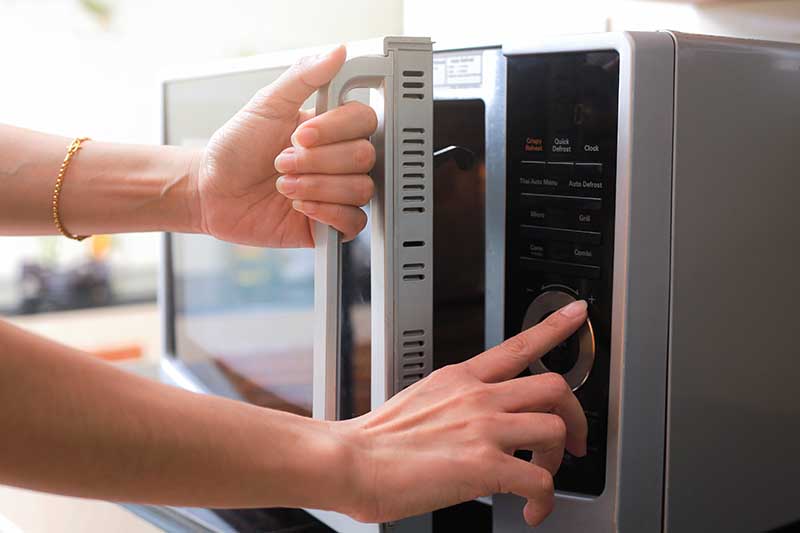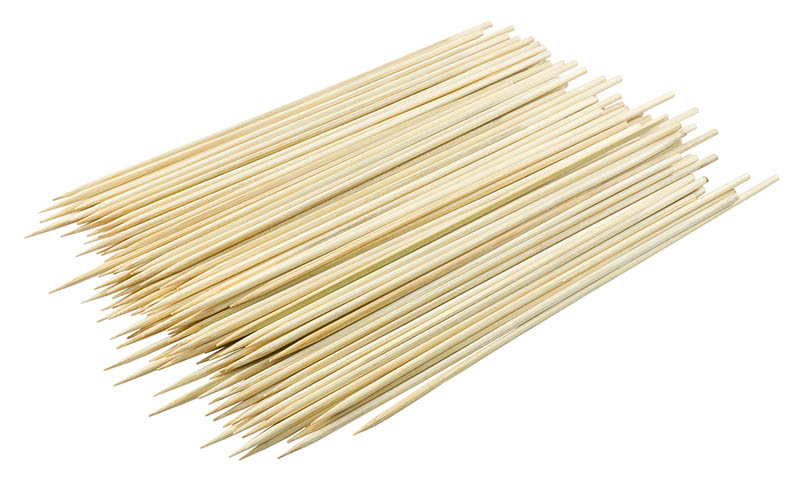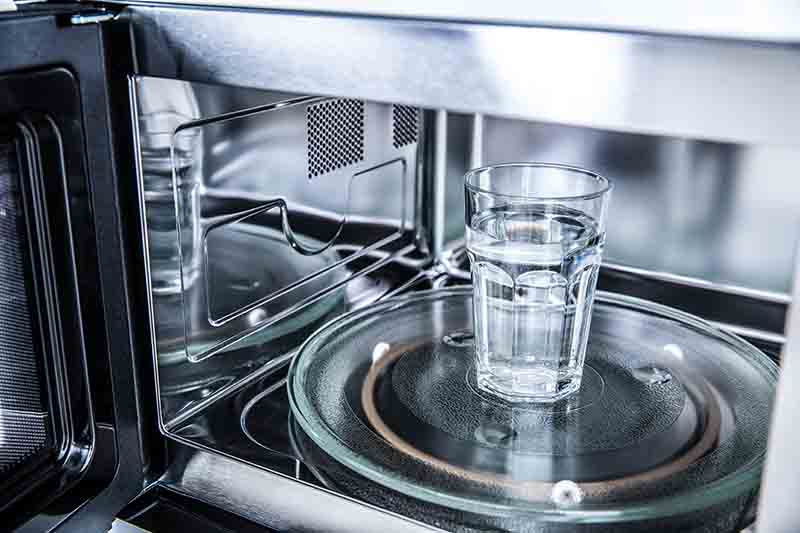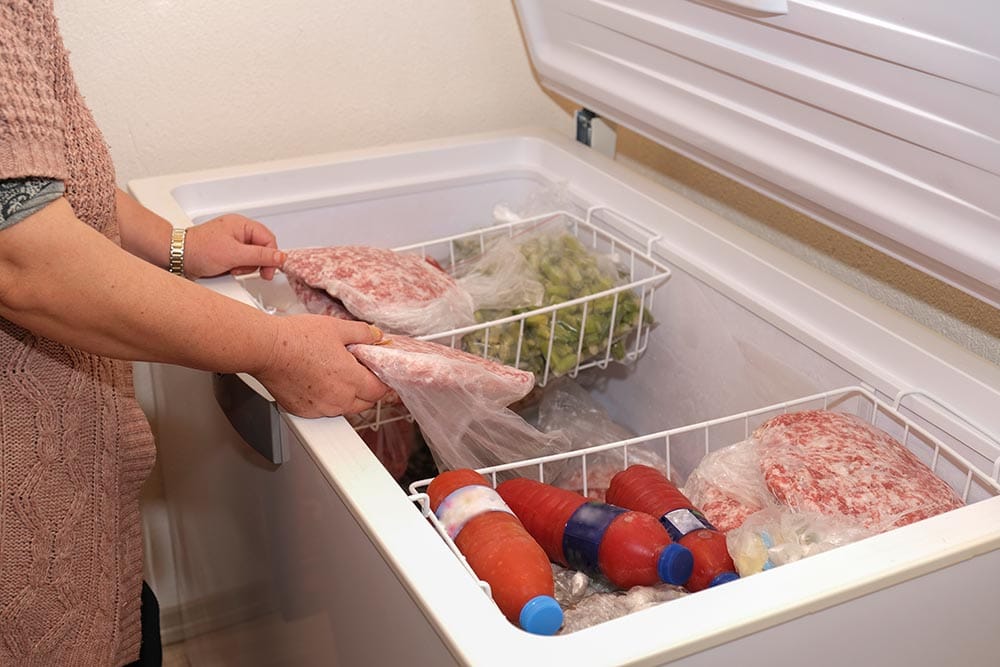Can You Put Wood In The Microwave? (Microwave Safety Tips)
-
Greg Iacono
- Last updated:

When it was first invented, the microwave changed life on earth and allowed us to quickly and easily cook and reheat food in minutes with little or no fuss. Microwaves have become even safer in recent years, but many people still wonder what is safe and unsafe to microwave, including different items found around the home. While wood isn’t particularly dangerous to put in the microwave, most wooden utensils and bowls should not be microwaved.
They could char, catch fire, or otherwise be destroyed. Some wooden objects, however, can be microwaved safely if prepared correctly. Read on to learn more about putting wood in the microwave, why it’s not a great idea, and a handful of microwave safety tips to use around your home!
Why Shouldn’t You Put Wood in the Microwave?
There are several reasons wood, including wooden utensils, dishware, and more, shouldn’t be used in the microwave. First, there’s a chance that, if left in the microwave too long, something made of wood will catch fire and char, which could be very hazardous and even deadly.
Also, many wooden items used in the kitchen come with resins and coatings on them to make them more durable. These coatings, however, may give off toxic residuals when microwaved and transfer them to your food.
Which Wooden Items Can be Placed in the Microwave?
Interestingly, the same thing that makes your microwave a lousy choice for heating wood is why some craftspeople heat wood in the microwave: to get rid of any extra moisture inside. Yes, the chance of the wood catching fire or charring is still there, but many say that it’s worth the risk because of the excellent results drying wood in the microwave provides.
Then some use wooden skewers and wooden planks in the microwave to cook various foods, especially fish and meat. While this works and is (relatively) safe, the wooden skewers or planks should be well-soaked in water before placing them in the microwave. That way, the chance of the wood drying out and catching fire will be lessened significantly.

Can a Wooden Cutting Board Be Decontaminated in the Microwave?
We’ve seen that, yes, you can put wood in the microwave, but the chance of the wood catching fire is a risk. Many people wonder, however, if placing a cutting board in a microwave for decontamination is possible. If you place a wooden cutting board in the microwave on the “high” setting for several seconds, it will kill germs, bacteria, and other pathogens.
Yes, you can decontaminate a wooded cutting board in the microwave, and it’s quick, easy, and relatively safe. As long as you don’t overdo it, your cutting board will come out clean and germ-free.
Which Materials Should Never Be Used in the Microwave?
Almost everyone knows that you shouldn’t put metal objects in the microwave. There are several other items that shouldn’t be “nuked,” including the following.
Single-Use Plastic Containers of Any Kind
Single-use plastic containers often have a chemical called bisphenol A, commonly known as BPA. When heated, the plastic can melt, releasing the BPA into your food.
Styrofoam Cups and Tableware
Like plastic, styrofoam cups and tableware can release toxins into your food when microwaved. Plus, under the high heat of a microwave, styrofoam can melt and cause a huge mess.
Eggs
Although some say it works, the fact is that eggs heat very unevenly and can explode when cooked in the microwave. Also, if they don’t explode in the oven, they might blow up outside after nuking, which would be even worse.
Water
Many say heating water in the microwave is very dangerous because it can superheat the water even though it doesn’t come to a boil. If spilled, the superheated water can cause incredibly bad and painful burns.

Spicy Peppers
Capsaicin, the natural chemical that makes peppers “hot,” can become a vapor when microwaved. When the microwave is opened after cooking, that vapor can cause serious problems for your eyes, nose, and lungs if you breathe it in accidentally.
Pasta Sauce
While you can cook pasta sauce safely in the microwave, it should always be covered. Since it’s so thick, the water in pasta sauce heats up and then explodes, causing a mess in your microwave.
Aluminum Foil
Although most know that metal can’t go in a microwave, some still put aluminum foil in theirs. Foil can cause sparks that destroy your machine and start a dangerous or deadly fire.
Frozen Meat
Food experts recommend thawing your meats in your fridge first, like chicken, ham, beef, and fish, before cooking them in the microwave. That’s because, if you don’t, the microwave can cook your meat unevenly. Worse than that, it can also cause bacteria to spread and grow in the meat.

Final Thoughts
You can put wood in the microwave, but it’s not recommended because the wood can catch fire and char and cause other severe problems. Some craftspeople dry the wood for their projects in the microwave, although it’s risky. Others use skewers and cutting boards soaked in water first, so they don’t dry out and catch on fire in the microwave.
Still, for everyday cooking, experts recommend only placing microwave-safe items in the microwave, and wood is not one of them. Wood isn’t made to be nuked, and some wood has toxic coatings that can be released into your food. We hope the information provided today was helpful and shed sufficient light on the facts surrounding microwaves, wood, and whether the two should be used together.
Featured Image Credit: Zyn Chakrapong, Shutterstock
Contents
